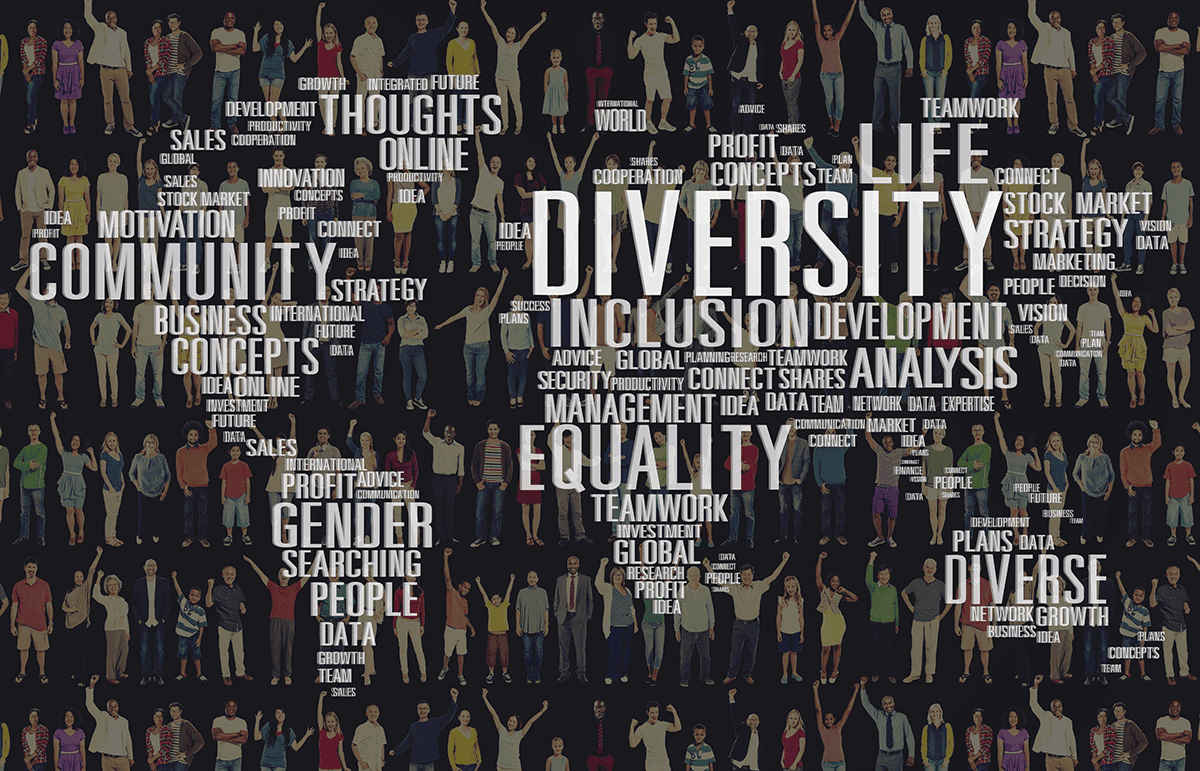
All this begins at the recruitment stage; those in charge must consider the organisation’s recruitment process, and how this impacts diversity and inclusion (D&I) in the workplace.
The opportunity to develop a team that is varied and diverse begins with the initial application. Most recruitment methods, such as resumes, reference checks and cover letters, create the first hurdle to achieving an inclusive workplace: they introduce unconscious bias. In this setting, unconscious bias is where the recruiter unintentionally categorises or pigeonholes a candidate based on their own social understandings or beliefs.
Unconscious bias does not necessarily align with an individual’s conscious values and is much more prevalent than conscious prejudice. According to this 2021 Harvard Business Review article, a large body of research has “found that hiring managers display bias against underrepresented minorities”.
To “answer the call of the current moment”, as the article describes, recruiters must consider introducing alternative hiring methods.
Despite extensive research done in this area and the blatant need for a more sophisticated, hiring process, there is a surprising amount of inertia in Australia when it comes to reliance on traditional practices.
WithYouWithMe (WYWM) has found most organisations continue to rely on resumes: an overwhelming majority (92 per cent) of organisations rely on reference checks, resumes, and cover letters to screen applicants. Diving deeper, the research uncovered over two-thirds (69 per cent) of organisations still rely on resumes, while 63 per cent fall back on reference checks.
Promisingly, there is progress being made in hiring practices, especially over the last few years. Two-fifths (41 per cent) of managers say their organisations have introduced blind resumes, which remove key details like names, age, and university names, to reduce unconscious bias and make for a fairer hiring process.
While blind resumes are a great step in the right direction, psychometric and aptitude testing are potentially the best ways of ensuring an inclusive hiring process.
Broadly, psychometric testing measures a person’s favoured behavioural style within the workplace and helps identify leadership potential among employees. Aptitude testing, as the name implies, is designed to identify a candidate’s aptitude strengths and weaknesses, in order to more accurately assign them a career path or a training program, which rewards their strengths.
Common outcomes we have observed include improved creativity and focus. There has been a greater awareness among employees of their leadership and communication skills, which foster deeper collaboration. All in all, these point to stronger organisational performance.
Despite the benefits, these hiring methods aren’t used in many Australian organisations, with only one in three managers using these processes to screen for suitable candidates.
There remains much ground to cover in this respect; we must start thinking differently about our workforce and access new forms of data for our present and future talent pool.
Training and education is another area where organisations can improve D&I in hiring. Yet according to WYWM’s research, almost 30 per cent of organisations have no mandatory training on inclusive hiring, and only 52 per cent have interview training for cultural awareness.
The upside is of those who have policies on D&I for hiring processes, 92 per cent and 96 per cent of medium and large enterprises respectively have processes in place to review and evaluate their effectiveness.
Doing this evaluation allows business and HR leaders to document the impact of the recruitment process and design an effective, future-proof program. This is key to eradicating biases.
To build a workforce that is engaged and productive, D&I is key. Innovation is only truly possible when knowledge from varied backgrounds and perspectives is shared.
While it’s important to educate staff and create a workplace where diversity and differences are embraced, it often comes down to the courage of leaders to do away with archaic processes and redefine D&I.
If you're interested in reading more about diversity, equality and inclusion in the workplace, download the industry benchmark report from YouGov.